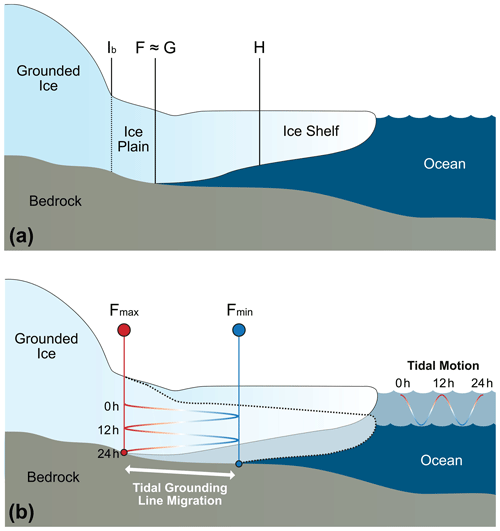2023-09-26 バッファロー大学(UB)

The images above detail how the membrane forms. The three vertical images on the left show the bonds between titanium tetrachloride (metallic reactant) and ethylene glycol (organic reactant). The center image shows how the two materials combine. The images of the right side show the membrane without pores (dense OHF) and the memrane after carbon has been removed to create pores (porous CDTO).
◆この膜は、無機材料である炭素ドープ金属酸化物から作られており、高精度な制御が可能な硬いナノポアを持っています。この技術により、高温、高圧、複雑な化学溶媒などの厳しい条件下で分子を分離でき、産業用分離プロセスに適しています。
<関連情報>
- https://www.buffalo.edu/news/releases/2023/09/membrane-molecule-separation.html
- https://www.science.org/doi/full/10.1126/science.adh2404
分子を超高速・高精度に分離する炭素ドープ金属酸化物界面ナノ薄膜 Carbon-doped metal oxide interfacial nanofilms for ultrafast and precise separation of molecules
Bratin Sengupta,Qiaobei Dong,Rajan Khadka,Dinesh Kumar Behera,Ruizhe Yang,Jun Liu,Ji Jiang,Pawel Keblinski,and Georges Belfort ,Miao Yu
Science Published:7 Sep 2023
DOI:https://doi.org/10.1126/science.adh2404
Editor’s summary
Polymer membranes are commonly used for a range of molecular separations, but they do not work well under elevated temperatures or with harsh solvents. Sengupta et al. describe a method to make inorganic membranes that is analogous to interfacial polymerization. Chemical vapor deposition is used to fabricate carbon-doped metal oxide interfacial nanofilms on ceramic substrates with pore sizes that can be tuned by subsequent sintering. The membranes, although thicker than others currently in use, still show ultrafast permeance of pure solvents. Furthermore, they can operate in harsh solvents at temperatures of up to 140℃. —Marc S. Lavine
Abstract
Membranes with molecular-sized, high-density nanopores, which are stable under industrially relevant conditions, are needed to decrease energy consumption for separations. Interfacial polymerization has demonstrated its potential for large-scale production of organic membranes, such as polyamide desalination membranes. We report an analogous ultrafast interfacial process to generate inorganic, nanoporous carbon-doped metal oxide (CDTO) nanofilms for precise molecular separation. For a given pore size, these nanofilms have 2 to 10 times higher pore density (assuming the same tortuosity) than reported and commercial organic solvent nanofiltration membranes, yielding ultra-high solvent permeance, even if they are thicker. Owing to exceptional mechanical, chemical, and thermal stabilities, CDTO nanofilms with designable, rigid nanopores exhibited long-term stable and efficient organic separation under harsh conditions.


